You are here
New Releases
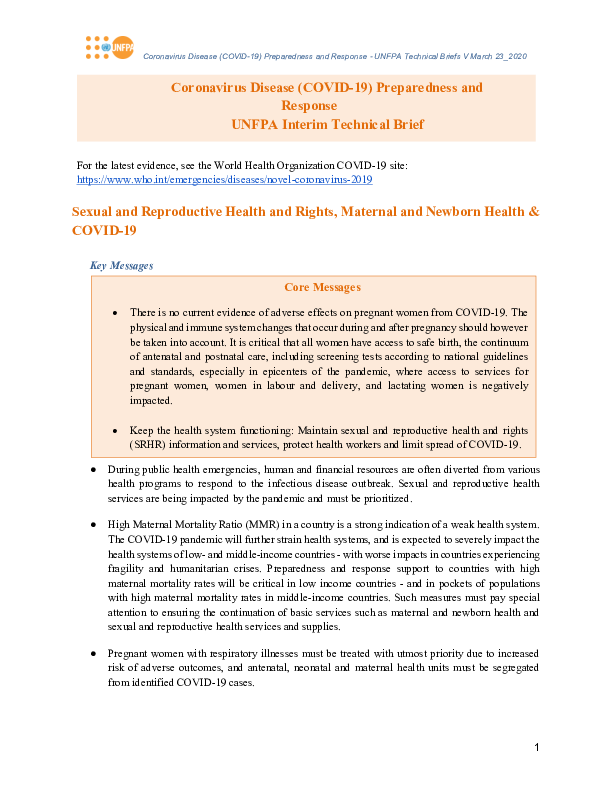
Sexual and Reproductive Health and Rights, Maternal and Newborn Health & COVID-19
High Maternal Mortality Ratio (MMR) in a country is a strong indication of a weak health system. The COVID-19 pandemic will further strain health systems, and is expected to severely impact the health systems of low- and middle-income countries - with worse impacts in countries experiencing fragility and humanitarian crises. Preparedness and response support to countries with high maternal mortality rates will be critical in low income countries - and in pockets of populations with high maternal mortality rates in middle-income countries. Such measures must pay special attention to ensuring the continuation of basic services such as maternal and newborn health and sexual and reproductive health services and supplies.
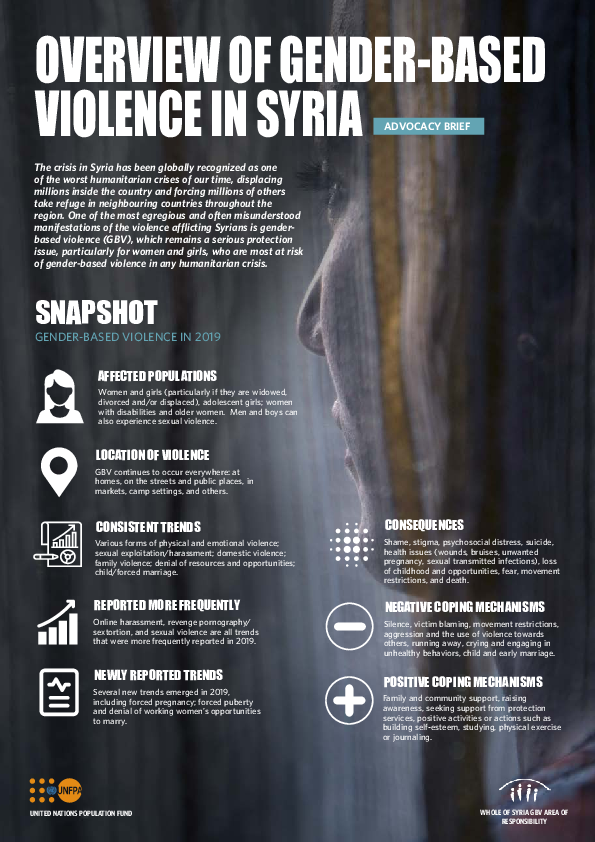
OVERVIEW OF GENDER-BASED VIOLENCE IN SYRIA A
The crisis in Syria has been globally recognized as one of the worst humanitarian crises of our time, displacing millions inside the country and forcing millions of others take refuge in neighbouring countries throughout the region. One of the most egregious and often misunderstood manifestations of the violence afflicting Syrians is genderbased violence (GBV), which remains a serious protection issue, particularly for women and girls, who are most at risk of gender-based violence in any humanitarian crisis.
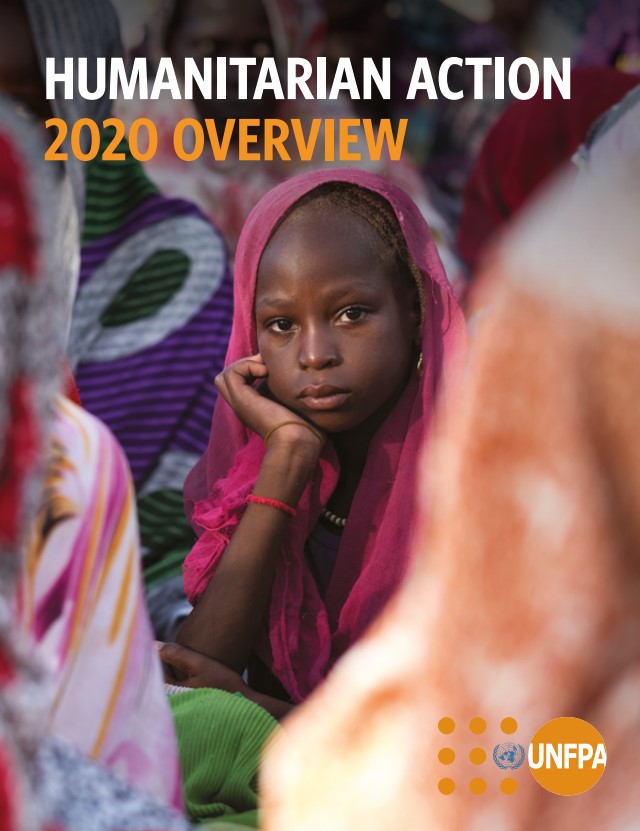
HUMANITARIAN ACTION OVERVIEW 2020
UNFPA, the United Nations sexual and reproductive health agency, appeals for $683 million to provide life-saving reproductive health and protection services to 48 million women, girls and young people, including 4 million pregnant women, in 57 countries affected by conflict or natural disasters in 2020.
The appeal, also known as UNFPA’s Humanitarian Action Overview, describes how women and girls face unique challenges during humanitarian disasters, from being more likely to die from complications of pregnancy and childbirth to an increased risk of gender-based violence. Globally, more than half of all maternal deaths take place in countries affected by humanitarian crisis and fragility.
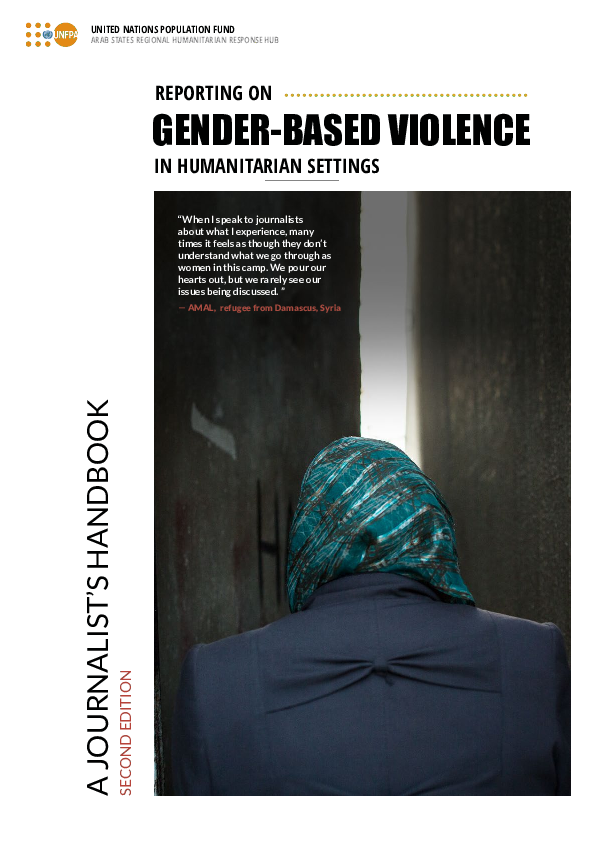
Reporting on Gender-Based Violence in Humanitarian Settings
In an effort to promote more ethical and professional reporting on gender-based violence, the United Nations Population Fund (UNFPA) has announced the launch of the second edition of the Journalist’s Handbook — a detailed guidebook on the principles of reporting on this essential subject.
Developed by UNFPA Arab States Regional Humanitarian Response Hub, the Journalist’s Handbook offers a series of guides, tips and insights on the fundamentals of gender-based violence, its root causes, and the principles of reporting on it.

Costing the Three Transformative Results
These fact sheets present the preliminary costs and projected expenditures of the three transformative results that UNFPA is committed to achieving by 2030: (a) ending preventable maternal deaths; (b) ending the unmet need for family planning; and (c) ending gender-based violence and harmful practices, including female genital mutilation and child marriage.
This study is a collaborative effort by UNFPA, the Johns Hopkins University, Victoria University, the University of Washington and Avenir Health.
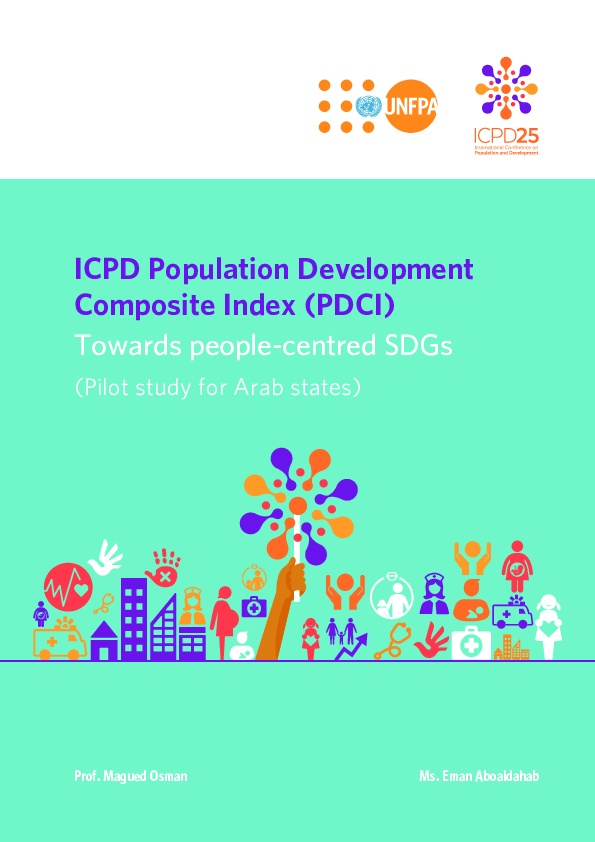
ICPD Population and Development Composite Index report
This report is an outcome of collective efforts deserted by many people. We would like to express our deepest appreciation to all those who provided ideas, efforts, and helped to complete this piece of work.

Gender Justice & the Law: Egypt
UNFPA, in partnership with UNDP, UN Women, and ESCWA, has conducted a study on Gender Justice and the Law in the Arab States region to provide a comprehensive assessment of laws and policies affecting gender equality and protection against gender-based violence in the Arab states region. The study is composed of an introductory piece that describes the background, rationale, analytical framework and methodology, and a total of 18 country profiles. Each country profile maps the country’s key legislative and policy developments regarding gender justice. This country profile presents the findings of the study relating to Egypt.
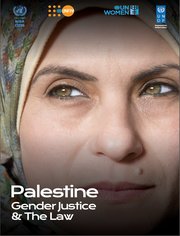
Gender Justice & the Law: Palestine
UNFPA, in partnership with UNDP, UN Women, and ESCWA, has conducted a study on Gender Justice and the Law in the Arab States region to provide a comprehensive assessment of laws and policies affecting gender equality and protection against gender-based violence in the Arab states region.
The study is composed of an introductory piece that describes the background, rationale, analytical framework and methodology, and a total of 18 country profiles. Each country profile maps the country’s key legislative and policy developments regarding gender justice. This country profile presents the findings of the study relating to Palestine.
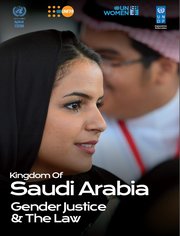
Gender Justice & the Law: Saudi Arabia
UNFPA, in partnership with UNDP, UN Women, and ESCWA, has conducted a study on Gender Justice and the Law in the Arab States region to provide a comprehensive assessment of laws and policies affecting gender equality and protection against gender-based violence in the Arab states region.
The study is composed of an introductory piece that describes the background, rationale, analytical framework and methodology, and a total of 18 country profiles. Each country profile maps the country’s key legislative and policy developments regarding gender justice. This country profile presents the findings of the study relating to Saudi Arabia.

Gender Justice & the Law: Somalia
UNFPA, in partnership with UNDP, UN Women, and ESCWA, has conducted a study on Gender Justice and the Law to provide a comprehensive assessment of laws and policies affecting gender equality and protection against gender-based violence in the Arab states region.
The study is composed of an introductory piece that describes the background, rationale, analytical framework and methodology, and a total of 18 country profiles. Each country profile maps the country’s key legislative and policy developments regarding gender justice. This country profile presents the findings of the study relating to Somalia.